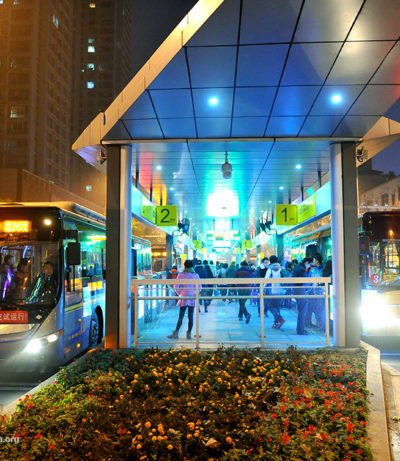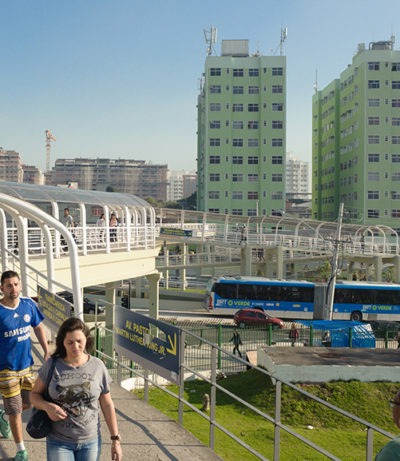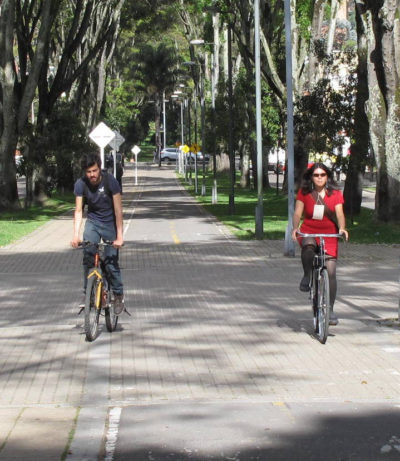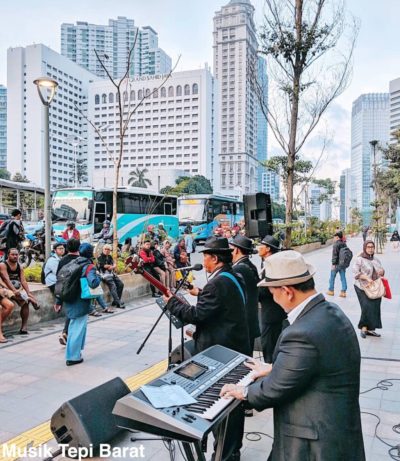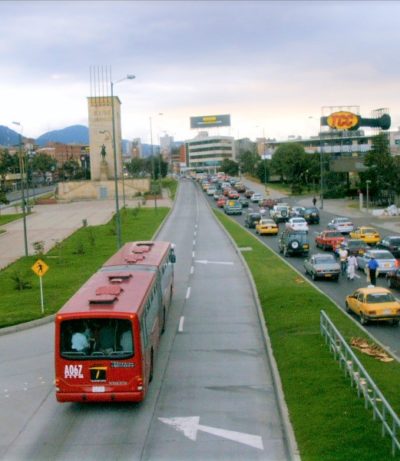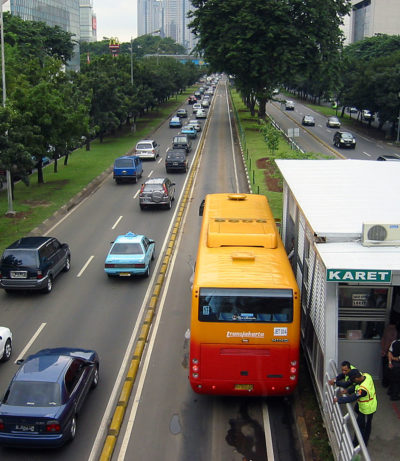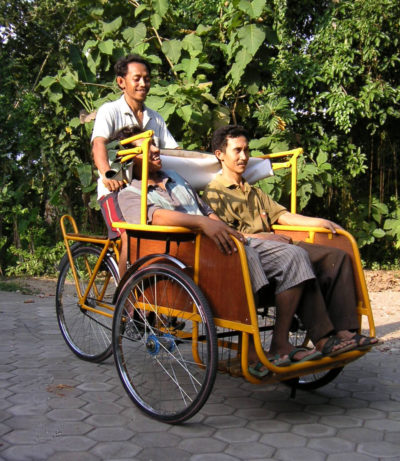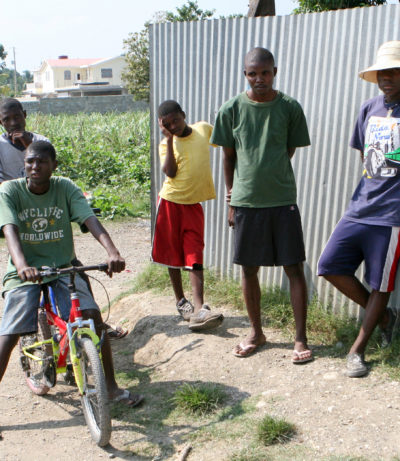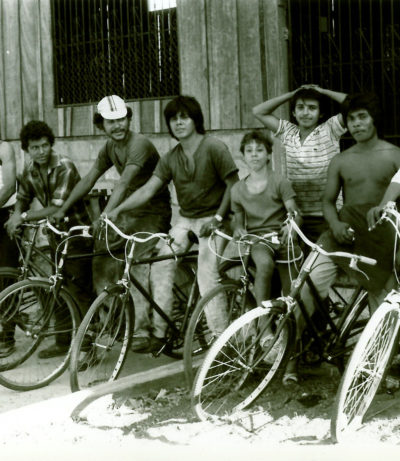2017
ITDP opened a new office in Nairobi, Kenya, to support projects throughout Africa. Dar es Salaam, Tanzania, opens East Africa’s first BRT, and becomes the first African city to with the Sustainable Transport Award. The Brazilian ministry of cities adopts ITDP’s recommended “Urban Mobility Indicators” to better monitor urban mobility policies. The city of Nanning, China, opened a BRT system in partnership with ITDP and local partner GMEDRI. An ITDP-led study tour to Mexico City inspired the city of Guangzhou, China, to commit 900 Million USD for cycling, walking, and public space projects. As a result of years of advocacy by ITDP and partners, Mexico City passed a groundbreaking parking reform policy, abolishing parking minimums and establishing maximums. The policy, once enacted, is estimated to reduce up to 90 metric tons of CO2 per year, and includes a mandate to support affordable housing and public transport.


